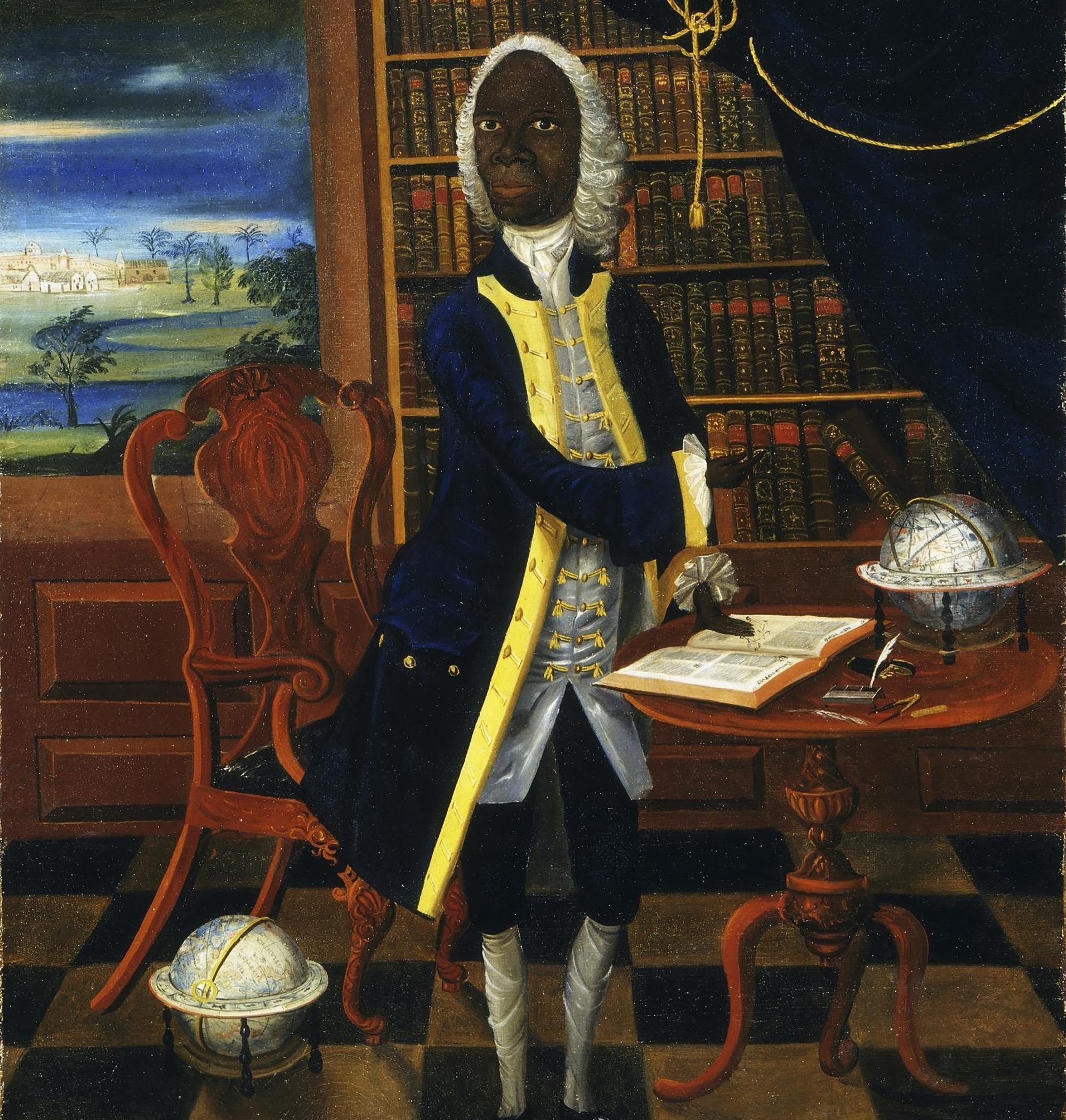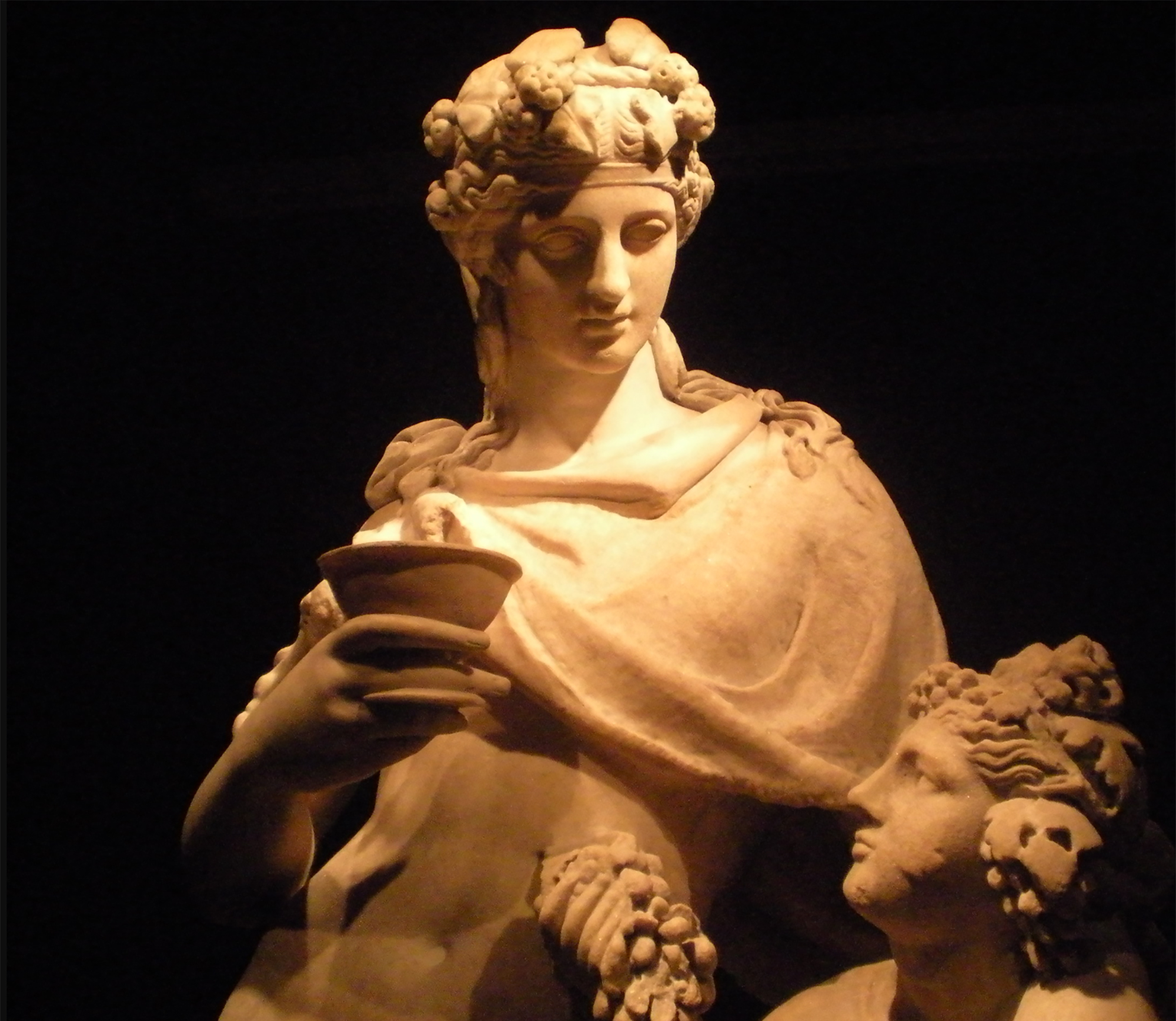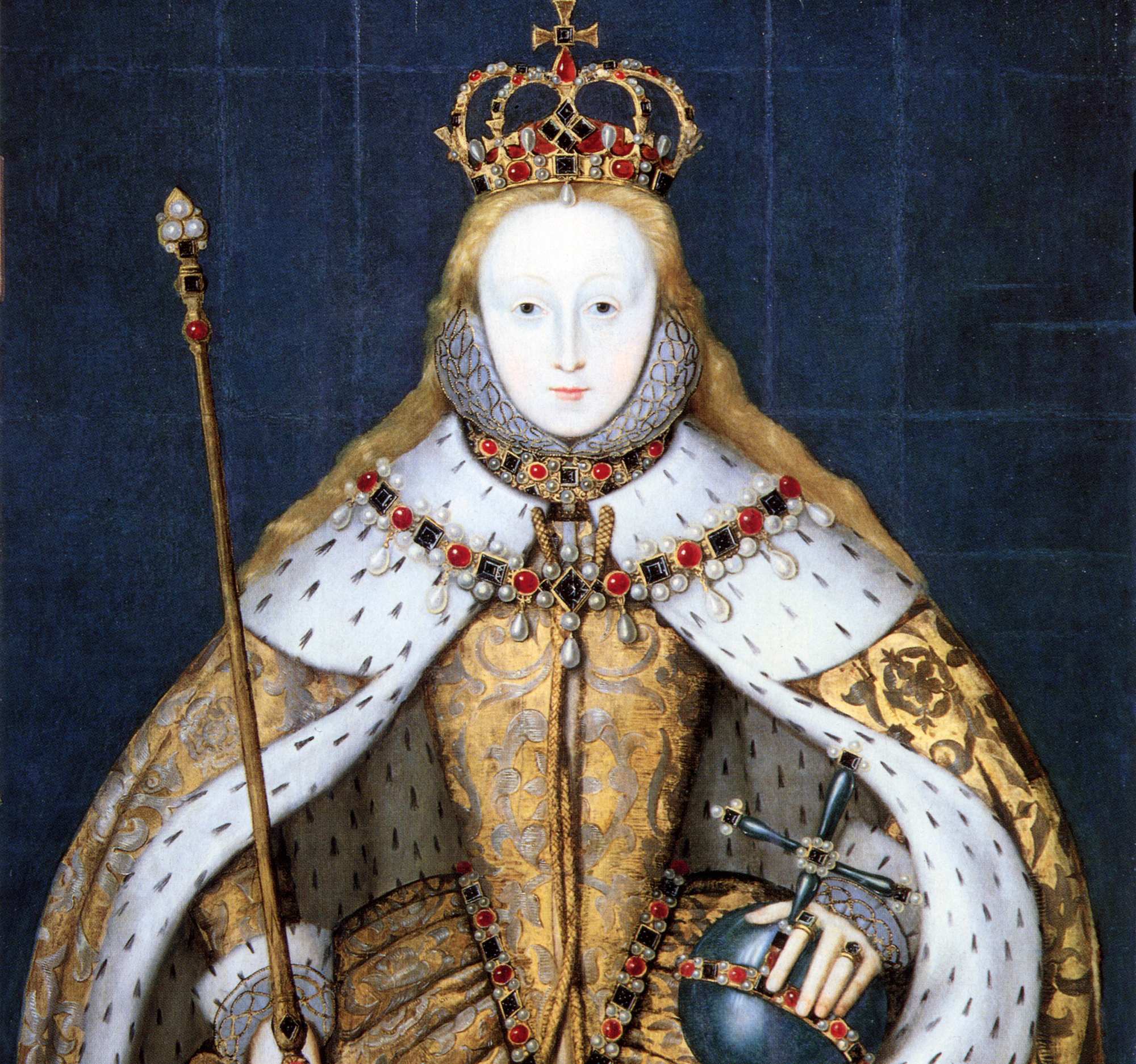Francis Williams Excellence Test

London 1928. At the Victoria and Albert Museum there was a very special painting: in the painting there is a black man, with wig and Levite, surrounded by books and scientific instruments. Thus it was catalogued in the Museum: “Unique satirical portrait representing a failed experiment in the education of blacks.”
Later it was discovered that the one in the painting was Francis Williams (1690-1770), a Jamaican scientist, lawyer, art collector and poet. Williams was born a slave, but his family managed to get emancipated and, as a young man, was sent to Cambridge to study. Thanks to his ingenuity and ingenuity, he was proposed in 1716 to enter the prestigious Royal Society. But a commission made up of Isaac Newton and Edmund Halley rejected Williams’ “body” proposal. He meant that he was black.
After his father's death, he returned to Jamaica, where he gained great fame through his scientific work and his efforts for the black community. Among other things, it opened a free school for black children.
Historian and researcher Fara Dabhoiwala at Princeton University has just studied Williams' painting in detail in London. In addition to identifying the author and the date of the painting, he has found relevant information about the scientific achievements of the Jamaican.
This led to the desperation of the whites of Jamaica and those of the international scene. The philosopher David Hume considered Williams a test of white superiority: “They say that there is a black man with talent and scholarship in Jamaica, but they surely admire him for his accomplishments, as a parrot able to say a few clear words.” Edward Long, a historian and advocate of slavery, guessed that they had done an experiment with Williams, “with the right work and enrolled in school and university, to discover that a black man could achieve the ability to read as a white.”
Historian and researcher Fara Dabhoiwala at Princeton University has just studied Williams' painting in detail in London. Besides identifying the author and the date of the painting, he has found very illustrative information about the scientific achievements of the Jamaican. Williams has a book open on the table: This is the Prince of Isaac Newton, who has an open page dedicated to predicting the orbits of comets. In addition, from the window you see part of the sky and Dabhoiwala has identified a small white ball. According to his own words, this ball is the Halley comet, at the time he passed over Jamaica in 1759. Remember that Newton and Halley participated in the commission that had prevented him from entering the Royal Society.
Dabhoiwala believes that the assignment of the painting was made by Williams to reclaim his knowledge in astronomy. The painting proved to be a great astronomer and, although he was not an astrologer, he was able to read the future.
Therefore, Williams was able to accurately guess the trajectory of comet Halley, which was key to making predictions of gravity; at that time a few scientists were able to do those calculations and Newton himself acknowledged that it was very difficult to do so.
Dabhoiwala believes that the assignment of the painting was made by Williams to reclaim his knowledge in astronomy. The painting proved to be a great astronomer and, although he was not an astrologer, he was able to read the future, as he guessed that this painting would help him get the confession he was denied during his life.
Until now we have believed that those in charge of copying books during the Middle Ages and before the printing press was opened were men, specifically monks of monasteries.
But a group of researchers from the University of Bergen, Norway, concludes that women also worked as... [+]
Florentzia, 1886. Carlo Collodi Le avventure de Pinocchio eleberri ezagunaren egileak zera idatzi zuen pizzari buruz: “Labean txigortutako ogi orea, gainean eskura dagoen edozer gauzaz egindako saltsa duena”. Pizza hark “zikinkeria konplexu tankera” zuela... [+]
Linear A is a Minoan script used 4,800-4,500 years ago. Recently, in the famous Knossos Palace in Crete, a special ivory object has been discovered, which was probably used as a ceremonial scepter. The object has two inscriptions; one on the handle is shorter and, like most of... [+]
Londres, 1944. Dorothy izeneko emakume bati argazkiak atera zizkioten Waterloo zubian soldatze lanak egiten ari zela. Dorothyri buruz izena beste daturik ez daukagu, baina duela hamar urte arte hori ere ez genekien. Argazki sorta 2015ean topatu zuen Christine Wall... [+]
Bilbo, 1954. Hiriko Alfer eta Gaizkileen Auzitegia homosexualen aurka jazartzen hasi zen, erregimen frankistak izen bereko legea (Ley de Vagos y Maleantes, 1933) espresuki horretarako egokitu ondoren. Frankismoak homosexualen aurka egiten zuen lehenago ere, eta 1970ean legea... [+]
Japonia, XV. mendea. Espioitzan eta hilketa ezkutuetan espezializatutako eliteko talde militarra sortu zen. Edo horixe uste du behintzat Stephen Turnbull historialari britainiarrak. Beste aditu batzuen ustez, askoz lehenago sortu ziren ninjak, duela 2.300-2.500 urte inguru. Eta... [+]
Eskultura grekoerromatarrek bere garaian zuten itxurak ez du zerikusirik gaurkoarekin. Erabilitako materiala ez zuten bistan uzten. Orain badakigu kolore biziz margotzen zituztela eta jantziak eta apaingarriak ere eransten zizkietela. Bada, Cecilie Brøns Harvard... [+]
Chão de Lamas-eko zilarrezko objektu sorta 1913an topatu zuten Coimbran (Portugal). Objektu horien artean zeltiar jatorriko zilarrezko bi ilargi zeuden. Bi ilargiak apaingarri hutsak zirela uste izan dute orain arte. Baina, berriki, adituek ilargietan egin zituzten motibo... [+]
Hertfordshire (Ingalaterra), 1543. Henrike VIII.a erregearen eta Ana Bolenaren alaba Elisabet hil omen zen Hatfield jauregian, 10 urte besterik ez zituela, sukarrak jota hainbat aste eman ondoren. Kat Ashley eta Thomas Parry zaintzaileek, izututa, irtenbide bitxia topatu omen... [+]
Luxorren, Erregeen Haranetik gertu, hilobi garrantzitsu baten sarrera eta pasabide nagusia aurkitu zituzten 2022an. Orain, alabastrozko objektu batean Tutmosis II.aren kartutxoa topatu dute (irudian). Horrek esan nahi du hilobi hori XVIII. dinastiako faraoiarena... [+]
AEB, 1900eko azaroaren 6a. William McKinley (1843-1901) bigarrenez aukeratu zuten AEBetako presidente. Berriki, Donald Trump ere bigarrenez presidente aukeratu ondoren, McKinleyrekiko miresmen garbia agertu du.
Horregatik, AEBetako mendirik altuenari ofizialki berriro... [+]
Urruña, 1750eko martxoaren 1a. Herriko hainbat emakumek kaleak hartu zituzten Frantziako Gobernuak ezarritako tabakoaren gaineko zergaren aurka protesta egiteko. Gobernuak matxinada itzaltzeko armada bidaltzea erabaki zuen, zehazki, Arloneko destakamentu bat. Militarrek... [+]
In the Maszycka cave in Poland, remains of 18,000 years ago were found at the end of the 19th century. But recently, human bones have been studied using new technologies and found clear signs of cannibalism.
This is not the first time that a study has reached this conclusion,... [+]
Porzheim, Germany, February 23, 1945. About eight o’clock in the evening, Allied planes began bombing the city with incendiary bombs. The attack caused a terrible massacre in a short time. But what happened in Pforzheim was overshadowed by the Allied bombing of Dresden a few... [+]
Poloniar ikerlari talde batek Sevillako Italica aztarnategiko Txorien Etxea aztertu du, eta eraikinaren zoruko mosaikoak erromatar garaiko hegazti-bilduma xeheena dela ondorioztatu du.
Txorien etxean 33 hegazti daude mosaikoetan xehetasun handiz irudikatuta. Beste... [+]

























